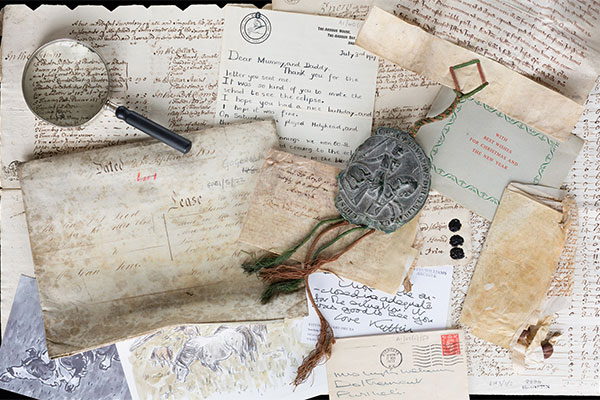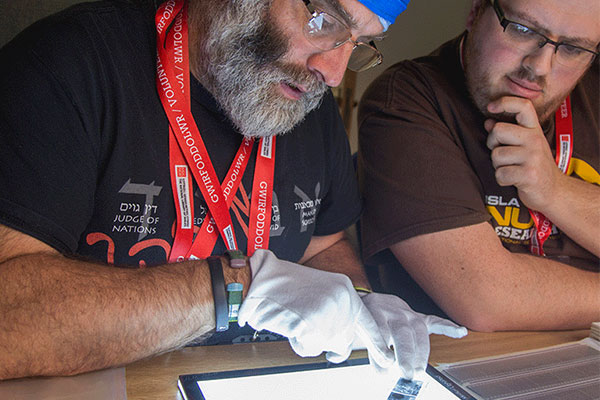De natura rerum
Because of his religious beliefs Bede was very interested in the natural world as God's creation, and his formal scientific treatise on natural phenomena, De natura rerum, is an encyclopaedia of the sciences as then known. The text draws on the work of Pliny, St. Isidore of Seville and others to give an account of contemporary scientific theory in the fields of, amongst other things, cosmology, time and arithmetic. The complete work contains 51 chapters and the full text has been copied into many manuscripts located in repositories throughout the world.




